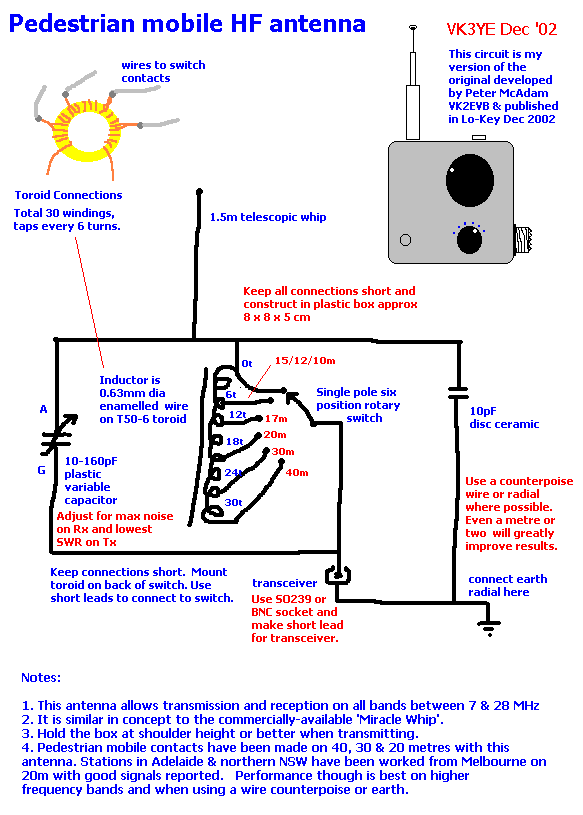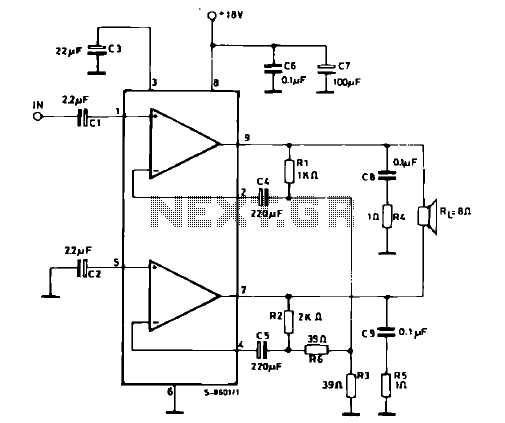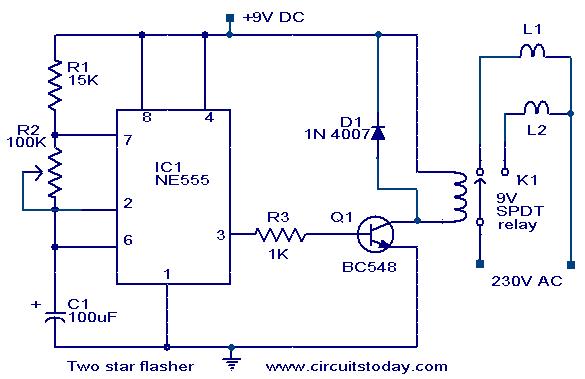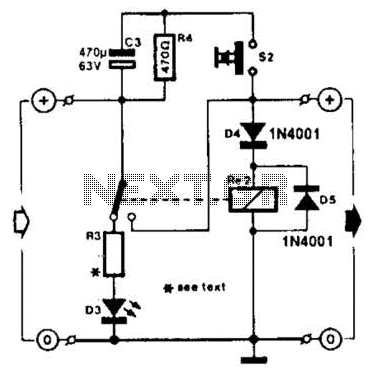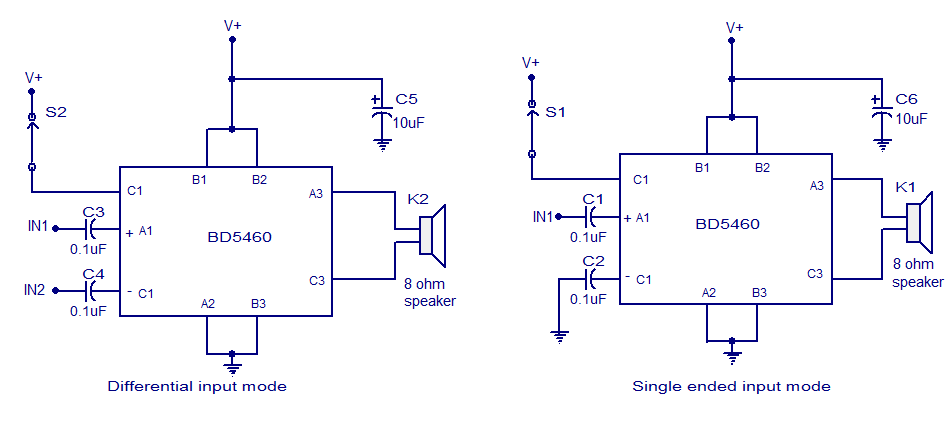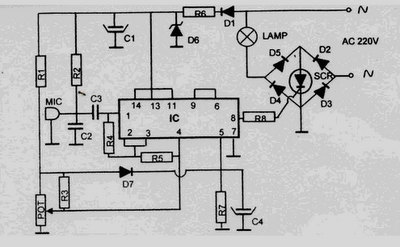
Spur Problem in a PLL Circuit
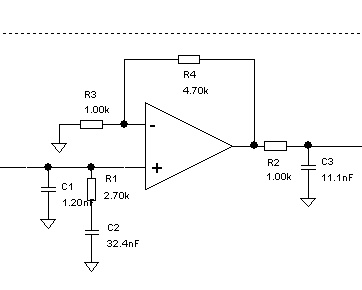
A problem has been encountered in a Phase-Locked Loop (PLL). A loop filter has been utilized, but the output spectrum does not meet expectations.
In a Phase-Locked Loop (PLL) system, the loop filter plays a crucial role in determining the performance characteristics of the PLL, including its stability and the quality of the output signal. The loop filter typically consists of passive and/or active components that shape the feedback signal from the output to the phase comparator, thereby influencing the dynamic response of the PLL.
When designing a loop filter, it is essential to consider the desired bandwidth and phase margin to ensure that the PLL can effectively lock onto the reference frequency. Common configurations for loop filters include first-order, second-order, and higher-order filters, each offering varying levels of complexity and performance. The choice of filter topology directly impacts the output spectrum, which may exhibit issues such as excessive noise, unwanted harmonics, or insufficient locking range if not properly designed.
In this case, the output spectrum indicates that there may be design flaws in the loop filter or an incorrect configuration of the PLL components. Possible causes for the observed output spectrum could include improper component values, incorrect filter topology, or external interference affecting the PLL operation. To address the issue, a thorough analysis of the loop filter design, including simulations and adjustments to component values, is recommended. Additionally, evaluating the phase comparator and VCO (Voltage-Controlled Oscillator) characteristics can provide further insights into the PLL performance and help identify potential improvements.Hello friends I have a problem in a PLL. I have used a loop filter as shown in this figure: But the output spectrum is as shown in this figure: What`s .. 🔗 External reference
In a Phase-Locked Loop (PLL) system, the loop filter plays a crucial role in determining the performance characteristics of the PLL, including its stability and the quality of the output signal. The loop filter typically consists of passive and/or active components that shape the feedback signal from the output to the phase comparator, thereby influencing the dynamic response of the PLL.
When designing a loop filter, it is essential to consider the desired bandwidth and phase margin to ensure that the PLL can effectively lock onto the reference frequency. Common configurations for loop filters include first-order, second-order, and higher-order filters, each offering varying levels of complexity and performance. The choice of filter topology directly impacts the output spectrum, which may exhibit issues such as excessive noise, unwanted harmonics, or insufficient locking range if not properly designed.
In this case, the output spectrum indicates that there may be design flaws in the loop filter or an incorrect configuration of the PLL components. Possible causes for the observed output spectrum could include improper component values, incorrect filter topology, or external interference affecting the PLL operation. To address the issue, a thorough analysis of the loop filter design, including simulations and adjustments to component values, is recommended. Additionally, evaluating the phase comparator and VCO (Voltage-Controlled Oscillator) characteristics can provide further insights into the PLL performance and help identify potential improvements.Hello friends I have a problem in a PLL. I have used a loop filter as shown in this figure: But the output spectrum is as shown in this figure: What`s .. 🔗 External reference
